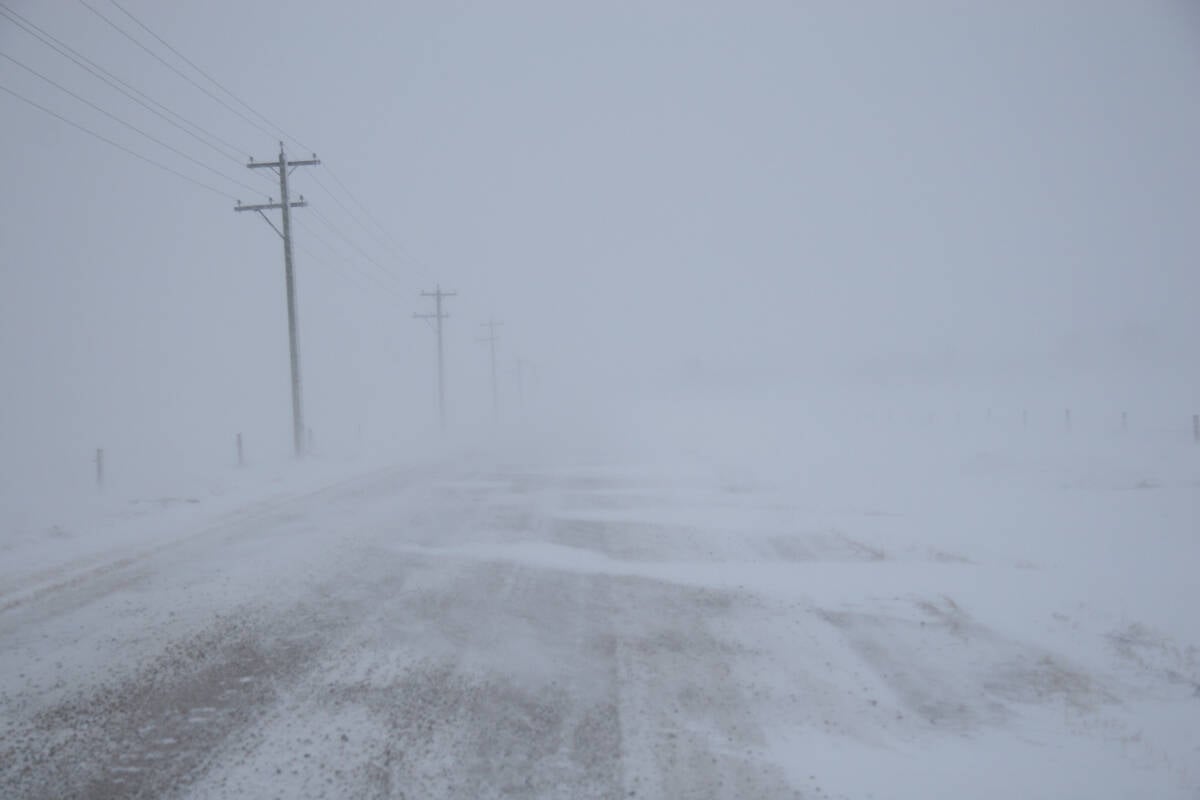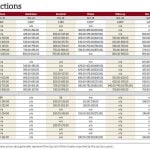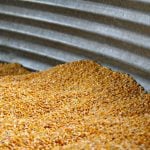As the stock market plunged again early Oct. 10, most crop prices followed.
Corn and soybean futures at the Chicago Board of Trade both locked limit-down, meaning trading was stopped and prices were not allowed to go any lower.
But wheat, while tumbling, did not go limit-down. That could be a big deal, said Chicago-based Allendale Inc. analyst Joe Victor.
“This is giving us a little glimmer of hope,” he said.
The hope is that it could mark a break from the trend since the commodity market peak in early July, of crop prices mirroring all the stock price plunges that have devastated the equity markets.
Read Also

Volatile temperatures expected for this winter
DTN is forecasting a lot of temperature variability in the Canadian Prairies this winter. Precipitation should be close to average.
This recent trend was a change from most of the past year when commodity and stock markets moved in opposite directions, with stocks falling while commodities shot higher.
Oct. 10’s wheat behaviour came after a two-day divergence in which most crop prices didn’t follow the plunging stock market, suggesting that once again, grain and oilseeds might begin trading on their own supply and demand merits.
“Of course, with the slide in the stock market, the weakness in crude and the stronger (U.S.) dollar, we saw corn and soybeans hit limit down (on Oct. 10),” said Victor.
“But when you look at wheat, which is a global food grain, it did not go limit-down, which was a surprise.”
Victor thinks the relative strength of wheat was associated with tight supplies.
The U.S. Department of Agriculture’s World Agricultural Supply and Demand report released Oct. 10 estimated world ending stocks of wheat for 2008-09 would leave an 18.5 percent cushion above world requirements.
That is low by historical standards. Last year, the cushion was 16.3 percent, the lowest in recent memory, and the year before was 17.4 percent.
By itself, the USDA report was not a huge shock to the market, either way.
“The overall attitude is that the report is bearish for world soybean stocks, as well as world wheat stocks. However, it is definitely bullish for world corn as well as U.S. corn,” said Victor.
On Oct. 10, it was hard to work out whether commodities were still locked with stocks in a dance of death, but the case of wheat suggested that supply and demand fundamentals might begin to come back into the market, which might signal an end to the recent crop price horror show.















